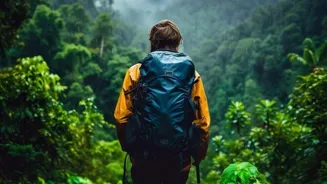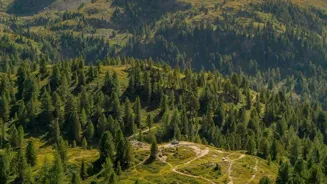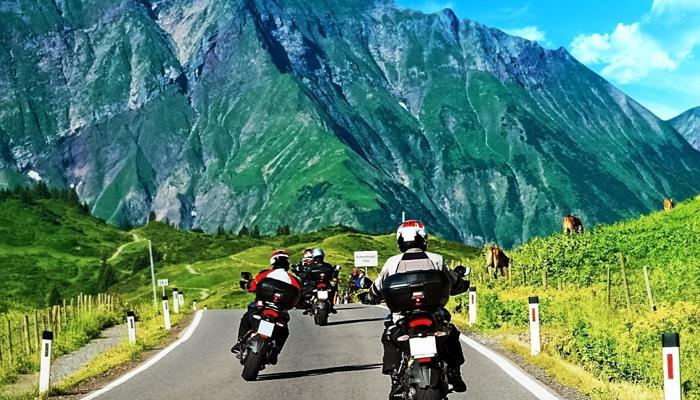Unveiling India's National Parks: 10 Tips for Safe and Responsible Exploration. Dive in for a journey of adventure and conservation!
India's national parks are a treasure trove, brimming with incredible
biodiversity and stunning landscapes. From the snow-capped Himalayas to the lush green forests of the South, these protected areas offer unparalleled opportunities for adventure and connection with nature.
But before you pack your bags and head out for a jungle safari, it's important to remember that these are wild spaces where safety and responsible behaviour are paramount.
So, whether you're a seasoned wildlife enthusiast or a first-time visitor, here are 10 essential tips to ensure a memorable and ethical experience in our national parks.
Plan Your Trip Meticulously:
Before even thinking about spotting a tiger or elephant, thorough planning is key. Start by researching the specific national park you intend to visit. Understand its terrain, climate, and the type of wildlife you're likely to encounter.
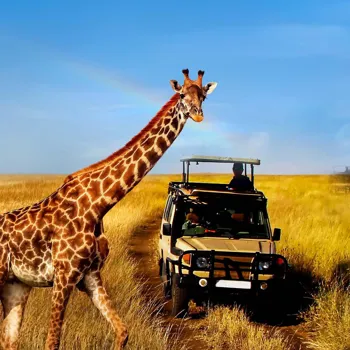
Check the park's official website for information on entry permits, timings, and any specific regulations that might be in place. Booking permits in advance, especially during peak season, is highly recommended to avoid disappointment.
Pack appropriate clothing and gear based on the weather conditions. For instance, if you're visiting in the monsoon season, rain gear is a must. Similarly, comfortable walking shoes are essential if you plan on doing any trekking.
Remember, being well-prepared not only enhances your experience but also minimises potential risks. Don't forget to inform someone about your itinerary and expected return time, just in case.
Obey Park Regulations and Guidelines:
National parks have rules for a reason: to protect the fragile ecosystem and ensure the safety of both visitors and wildlife. It is important to adhere strictly to these regulations. Always stay on designated trails and avoid venturing off into unmarked areas.
Maintain a safe distance from animals, and never attempt to feed or approach them. Feeding wildlife can disrupt their natural feeding habits and make them dependent on humans. It can also attract animals to areas where they might come into conflict with people.
Be mindful of noise levels and avoid making loud noises that could disturb the animals. Remember that you're a guest in their home, so treat it with respect. Also, learn about the park's specific rules regarding photography, waste disposal, and campfire regulations.
Hire a Knowledgeable Guide:
A local guide can be your best asset when exploring a national park. They possess invaluable knowledge about the park's flora, fauna, and history. They can help you spot wildlife that you might otherwise miss and provide insights into the behaviour of animals.
Moreover, experienced guides are well-versed in safety protocols and can navigate the terrain with ease. Hiring a guide not only enriches your experience but also supports the local community.
Many national parks have certified guides who have undergone training in wildlife conservation and visitor management. Make sure to choose a reputable guide who is affiliated with the park or a recognised tourism organisation.
A good guide will also ensure that you adhere to park rules and regulations, promoting responsible tourism.
Be Aware of Your Surroundings:
In a national park, it's crucial to be constantly aware of your surroundings. Observe the environment closely and pay attention to any signs of animal activity, such as tracks, droppings, or alarm calls. Keep an eye out for potential hazards like steep cliffs, slippery trails, or poisonous plants.
Be especially cautious during dawn and dusk, when many animals are most active. Scan the landscape regularly and use your senses to detect any unusual sights, sounds, or smells. Listen carefully to the sounds of the forest and try to identify different animal calls.
Report any suspicious or dangerous activity to park authorities immediately. Staying alert and observant can help you avoid potential accidents and ensure a safe and rewarding experience.
Practice Leave No Trace Principles:
One of the most important aspects of responsible tourism is minimising your impact on the environment. This means practicing the "Leave No Trace" principles. Pack out everything you pack in, including food wrappers, plastic bottles, and other trash.
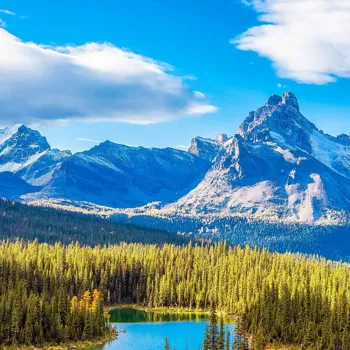
Avoid leaving any litter behind, even biodegradable items like fruit peels. Stick to established trails and avoid trampling on vegetation. Dispose of human waste properly, using designated toilets or burying it in a deep hole at least 200 feet away from water sources.
Minimise campfire use and only build fires in designated fire rings. Respect wildlife and avoid disturbing their habitat. By following these guidelines, you can help preserve the beauty and integrity of the national park for future generations.
Respect Wildlife and Maintain a Safe Distance:
Wildlife encounters are often the highlight of a national park visit, but it's crucial to remember that these animals are wild and unpredictable. Maintain a safe distance and never approach or attempt to interact with them. Use binoculars or a zoom lens to observe animals from afar.

Avoid making sudden movements or loud noises that could startle them. If an animal approaches you, remain calm and slowly back away. Never try to feed animals, as this can alter their natural behaviour and make them dependent on humans.
Be especially cautious around mothers with young, as they can be very protective. Respect the animals' space and allow them to go about their business without interruption. Remember, your presence in the park is a privilege, not a right.
Travel in a Group:
There is also safety in numbers, mainly when exploring unfamiliar and possibly dangerous habitat. Traveling in a group reduces the risk of accidents happening. It also makes it easier to handle problems if they arise. If someone gets injured, others can provide first aid, seek help or support.
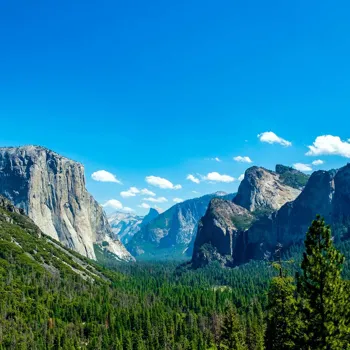
Also, it is more easy to spot wildlife with more eyes. It is however important to choose companions who have similar interest and respect nature.
Be Mindful of the Weather:
Indian national parks have many different climates, from the steppes to the cold mountains. Make sure to know the weather patterns before going. Be prepared to get shelter if the climate turns harmful. Dress in layers so you can accommodate to the heat and the wind.
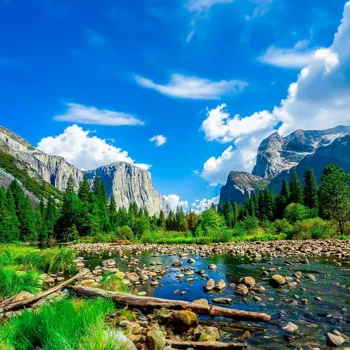
Stay informed about current forecasts, and be prepared to adjust the plans if necessary. Take special care of high-altitudes parks, heat stroke.
Conserve Water:
Conserve water is also important, mostly to stay hydrated while doing activities during the day. Carry enough water. Make sure to refill these bottles at a designated point. Taking showers should be done sparingly. You can also take biodegradable soap, to keep the ecosystem clean.
Do not use the water resources to pollute the environment. If you are camping, make sure to take appropriate precautions to limit your impact of the area.
Support Local Communities:
National parks often located near rural parts, where local communities depend on tourism. Take the means you can to help them. Shop for local crafts, choose locally owned lodges, local food. This is an alternative that can contribute to sustainability of those parts.
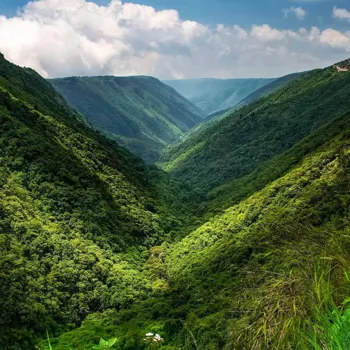
Choosing companies that emphasize responsible tourism, and give employment opportunities to marginalized groups. By supporting their economies, we secure the long term safeguarding of resources.
By keeping these tips in the front of their attention, travelers can visit this country's amazing places and help save these amazing natural heritages. Enjoy the journey.
AI Generated Content. Glance/InMobi shall have no liability for the content
